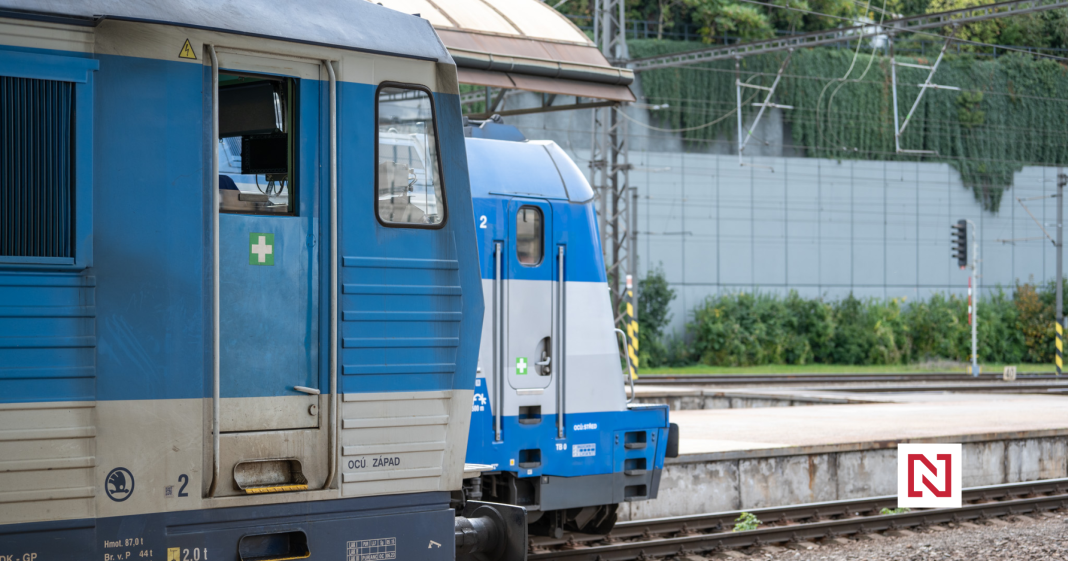A groundbreaking safety system designed to prevent train collisions may see changes in its rollout across the Czech Republic. Transport Minister Havlíček suggests that the nationwide implementation might be scaled back due to various considerations.
Introducing the New Safety System

The new safety system, aimed at enhancing train safety, incorporates cutting-edge technology to monitor train traffic, predict potential collisions, and automatically slow down or stop trains if necessary. The system has been developed in response to recent train accidents that raised concerns about the existing safety measures on Czech railways.
Primarily designed to improve both passenger and freight train safety, the system uses advanced sensors and communication networks. These innovations are expected to greatly reduce the risk of human error, which is often a contributing factor in train accidents. Initial tests of the system showed promising results, but challenges remain in its full-scale deployment.
An Initial Nationwide Rollout

Originally, the plan was to implement this safety system across the entire national railway network. This decision was influenced by the positive outcomes of pilot programs in select regions, where the number of recorded near-misses fell dramatically. This success has been a key factor in advocating for a broader implementation.
However, the complexity and expense of upgrading the extensive rail network has led to discussions about the feasibility of an immediate nationwide rollout. The government must weigh the costs against the potential benefits, considering the current economic constraints.
Scaling Back Considerations

Transport Minister Karel Havlíček has hinted that the government may need to recalibrate its approach. While the safety of passengers remains a top priority, he acknowledges that the budgetary implications and logistical challenges cannot be ignored.
Alternative strategies are being explored, such as phasing the implementation over several years, focusing first on the most critical and high-traffic areas. This approach would allow for the system to be integrated progressively, providing time to assess its performance and make necessary adjustments.
Public and Industry Reactions

The proposed changes to the initial plan have sparked a wide range of reactions from the public and industry stakeholders. Passenger safety organizations have expressed concerns, urging for rapid improvements to safeguard against potential train accidents.
On the other hand, industry leaders emphasize the need for a balanced approach that considers financial sustainability while maintaining safety standards. Collaboration between the government, railway companies, and technology providers will be crucial in overcoming these challenges.
The Czech railway system stands on the brink of a significant safety transformation, though details of its execution remain in flux. A careful balance between urgency and practicality will be essential to ensure both safety and efficiency for the future of train travel in Czechia.





